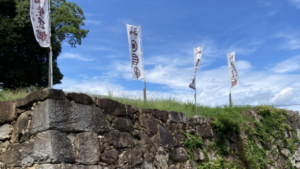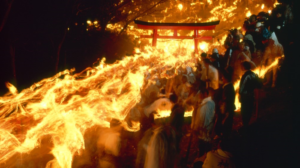Siege of Osaka: The Last of Toyotomi & Begining of Tokugawa Era

Toyotomi Hideyori, A Wise Man
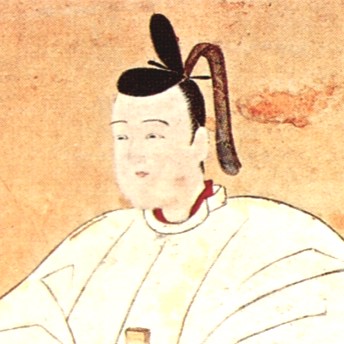
In 1598, Toyotomi Hideyoshi (1536-1598, 豊臣秀吉), who had risen from a peasant to become the ruler of Japan as regent, passed away, leaving behind his five-year-old son, Hideyori (1593-1615, 豊臣秀頼). In 1600, the Battle of Sekigahara broke out between Ishida Mitsunari (1560-1600, 石田三成), a loyal vassal of the Toyotomi, and Tokugawa Ieyasu (1543-1616, 徳川家康). Although Ieyasu emerged victorious, Hideyori was still alive in Osaka Castle, with many Toyotomi vassals still loyal to him.
In 1611, Hideyori and Ieyasu met at Nijo-jo Castle in Kyoto, when Ieyasu attended the abdication of Emperor Goyozei. Ieyasu greeted Hideyori in the garden, and together they entered the castle. Hideyori, just 19 years old, declined the seat of honor Ieyasu offered, instead inviting Ieyasu to take it. From Hideyori's point of view, Ieyasu was his senior, held a higher rank, and was also his father-in-law, as Hideyori was married to Ieyasu's granddaughter, Sen Hime. He therefore acted with respect appropriate to their relationship. Reflecting on the meeting, Ieyasu said, “I had heard that Hideyori was foolish, but he was nothing of the sort — he was a wise man indeed. By no means did he have the disposition to be under someone else’s command.” (From Hideyori's Escape by Maekawa Kazuhiko)
Ieyasu, Now 70, and Hideyori, Just 19
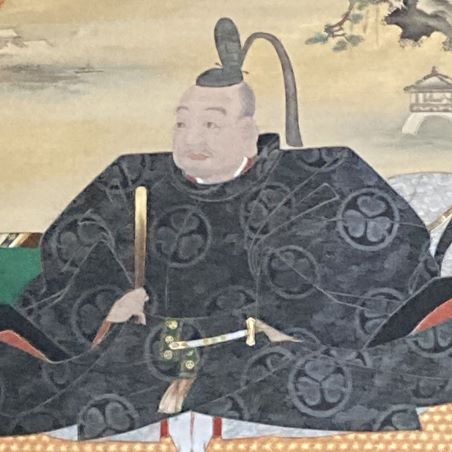
Ieyasu, already over 70, felt as if a knife were at his throat the moment he heard a song circulating in Kyoto: “The persimmons on the Gosho tree (a metaphor for Ieyasu) have ripened and fallen, and Hideyori is picking them up under the tree.” Old Ieyasu must have thought, “Here stands Hideyori, a fine successor to Hideyoshi. For what have I continued to fight? Won't Hideyori use Osaka Castle, with its impregnable defense, and the enormous wealth inherited from Hideyoshi, to plunge the nation back into war?” Such thoughts likely raced through Ieyasu's mind.
Internal Division within the Toyotomi Family
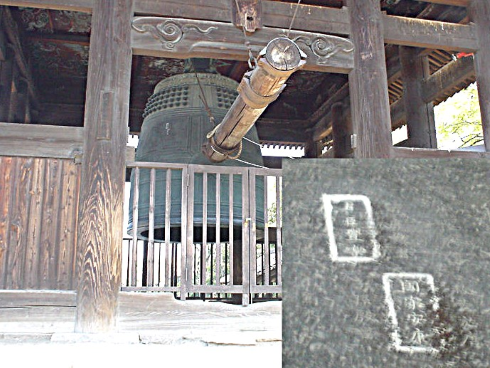
The formidable Osaka Castle, along with the vast wealth Hideyori inherited from Hideyoshi, was at risk of returning the nation to a war-torn era. To mitigate this risk, Ieyasu encouraged Hideyori to donate his wealth to temples and shrines, leading him to invest heavily in rebuilding sites like Toji Temple, Shokokuji Temple, and Iwashimizu Hachimangu Shrine in Kyoto. However, in 1614, an inscription on the newly rebuilt Hokoji Temple bell made Ieyasu angry. It read “ 国家安康,” ominously separating the characters for Ieyasu ( 家康 ), and “ 君臣豊楽,” implying prosperity for the Toyotomi family ( 豊臣 ).
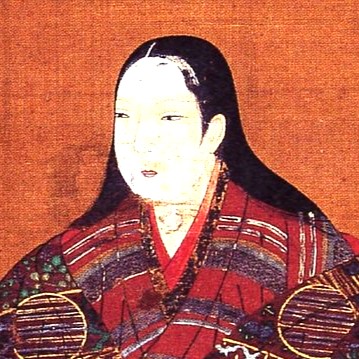
Hideyori sent his moderate retainer, Katagiri Katsumoto, to explain matters to Ieyasu. Katsumoto, however, was denied a meeting and was severely reprimanded by Ieyasu's retainers. After a month of failed explanations, Katsumoto returned to Osaka Castle and informed Hideyori that Ieyasu's anger would only subside if one of three conditions was met:
(1) Hideyori must travel to Edo to attend the Edo Council,
(2) Yodo-dono, Hideyori’s mother, must go to Edo as a hostage,
(3) Hideyori must leave Osaka Castle and accept a fiefdom transfer
Growing anxious over Katsumoto's delayed return, Yodo-dono sent her trusted retainer, Okura-no-Tsubone, to meet with Ieyasu. She returned to Osaka Castle after a warm reception, reporting that there was no hostility between the Toyotomi and Tokugawa clans. Yodo-dono began to suspect that Katsumoto was secretly allied with the Tokugawa because of the large gap between the two reports. Fearing for his life, Katsumoto fled Osaka Castle. On the same day, Ieyasu ordered various lords to march on Osaka. This internal division within the Toyotomi family is said to have been carefully orchestrated by Ieyasu.
The Night Before the Summer Siege of Osaka
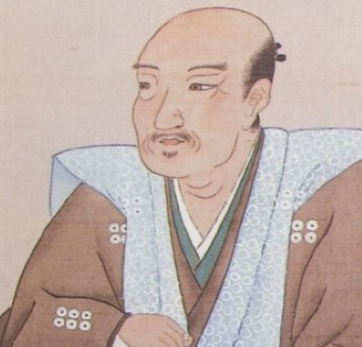
@ Ueda City Museum
Using the vast amount of gold and silver left by Hideyoshi, Hideyori gathered some 100,000 ronin, masterless samurai, from across the nation. He also stockpiled provisions and began preparations for battle. Among those who joined were two great warriors:
(1) Sanada Nobushige (1567-1615, 真田信繁) had twice defeated the Tokugawa forces but had fought for Toyotomi’s Western Army at the Battle of Sekigahara and was subsequently exiled to Koyasan in the deep mountains.
(2) Goto Mototsugu (1560-1615, 後藤基次), a warrior with an outstanding military record, had become a ronin after falling out with his lord, Kuroda Nagamasa.
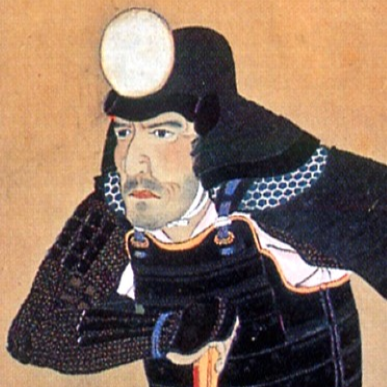
Hideyori provided Nobushige with 200 gold coins and 30 kans of silver (equivalent to about 750 million yen today) to fund his preparations for battle. Meanwhile, the Tokugawa forces tried to prevent Mototsugu from joining the Toyotomi by making a significant concession to Kuroda Nagamasa, who personally arranged for Mototsugu’s reinstatement. Despite these efforts, Mototsugu entered Osaka Castle and ultimately fought on the battlefield as a supporter of Toyotomi.
The Winter Campaign of Osaka
In November 1614, the Tokugawa forces laid siege to Osaka Castle, surrounding the Toyotomi forces with an army of 200,000 men. Osaka Castle’s natural defenses, including rivers to the north, east, and west, prevent the Tokugawa forces from getting close, while to the south, the fortress outpost of ‘Sanadamaru,’ constructed by Nobushige, protected Osaka Castle.
The Battle of Sanada Maru
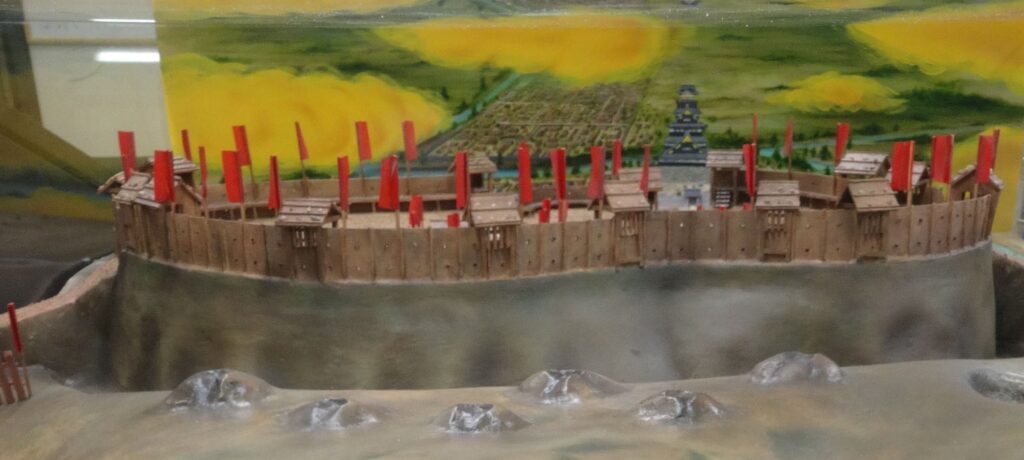
(Restructured Model)
At Sanadamaru, Nobushige faced the Tokugawa forces. Advancing cautiously, the Tokugawa forces built trenches and fortifications while being wary of the fire from Sanadamaru. In the thick fog, the Tokugawa forces charged into the dry moat of the Sanadamaru, eager for a victory. As the fog cleared and the view opened up, however, a volley of shots was fired at the Tokugawa soldiers from the Sanadamaru. The Tokugawa forces were defeated one after another, and it was an overwhelming victory for the Toyotomi forces.
Concentrated Cannon Fire
The Tokugawa forces continued their siege of Osaka Castle, avoiding close combat and instead concentrating the Culverin cannon fire on the castle. The bombardment unsettled the Toyotomi forces, and eventually led them to adopt a more conciliatory stance. The winter campaign ended with a peace treaty in favor of the Tokugawa, allowing them to fill in the moat around Osaka Castle. The Tokugawa also attempted to sway the side of Nobushige, who had defeated Tokugawa forces at Sanadamaru, by offering him a reward of 100,000 koku* crop yields. However, Nobushige declined the offer, feeling deeply indebted to Hideyori, who had trusted him and allowed him to return to the battlefield as a warlord despite being a ronin.
(*) Koku refers to the land value equivalent of about 150 kg of rice
The Summer Campaign of Osaka
Ieyasu continued to negotiate with Hideyori in an attempt to preserve the Toyotomi clan, proposing that Hideyori leave Osaka Castle and abandon his privileges as the son of regent, Toyotomi Hideyoshi. However, Hideyori refused to give up Osaka Castle, which was a symbol of the power of the Toyotomi family. In April 1615, the Summer Campaign of Osaka began. Unable to lay siege to Osaka Castle, which had been stripped bare after all the moats except the main keep were filled in, the two sides clashed in a field battle.
The Battle of Goto Mototsugu
The Goto forces clashed with the Tokugawa forces near the small hill of Komatsuyama, located to the south of Osaka Castle. Despite fierce attacks from the Tokugawa forces, the small but elite Goto forces, led by the skilled commander Mototsugu, continued to attack and defend in a seesaw battle. However, when the Tokugawa forces attacked from three directions, Mototsugu prepared for death. He then shouted, ‘Anyone who doesn't want to die, leave now,’ but no one retreated. The Goto forces fought with all their might but were destroyed by the fire of the Tokugawa forces, and Mototsugu was also struck in the chest, meeting his end.
The Charge of Sanada Nobushige
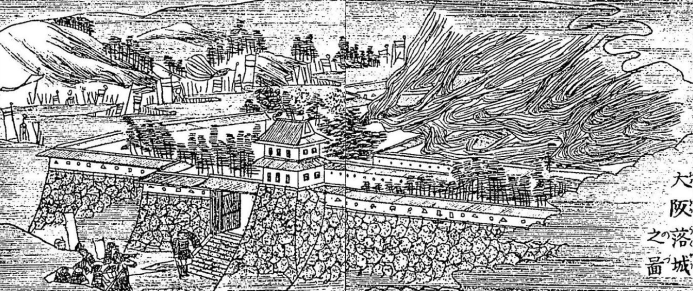
After Mototsugu was killed, Nobushige led his forces in a charge, defeating the pursuing Tokugawa forces and successfully retreating the entire Toyotomi army to Osaka Castle. The following day, the 3,000 fierce warriors under Nobushige’s command targeted Tokugawa Ieyasu and launched a suicidal attack on his main camp. The force of the attack was so intense that they succeeded in breaking through Ieyasu's main camp, toppling his horse standard, and closing in on Ieyasu himself. At this point, Ieyasu is said to have prepared himself for death. The defeat of the horse emblem marked the first time since the Battle of Mikatagahara, when he suffered a crushing defeat at the hands of Takeda Shingen (1521-1573, 武田信玄) 42 years ago. However, the Toyotomi forces were pushed back by the superior numbers of the Tokugawa troops and retreated to Osaka Castle. On the way back, Nobushige, exhausted and wounded, was killed by the Tokugawa forces. The defeat of the Toyotomi forces was decisive. As the flames spread, the Tokugawa forces stormed into the castle. Sen Hime was rescued, but Hideyori and Yodo-dono committed suicide. Osaka Castle collapsed in a blaze of crimson flames, marking the fall of the Toyotomi family and the end of the Siege of Osaka.
Genna-Enbu, Peace Comes
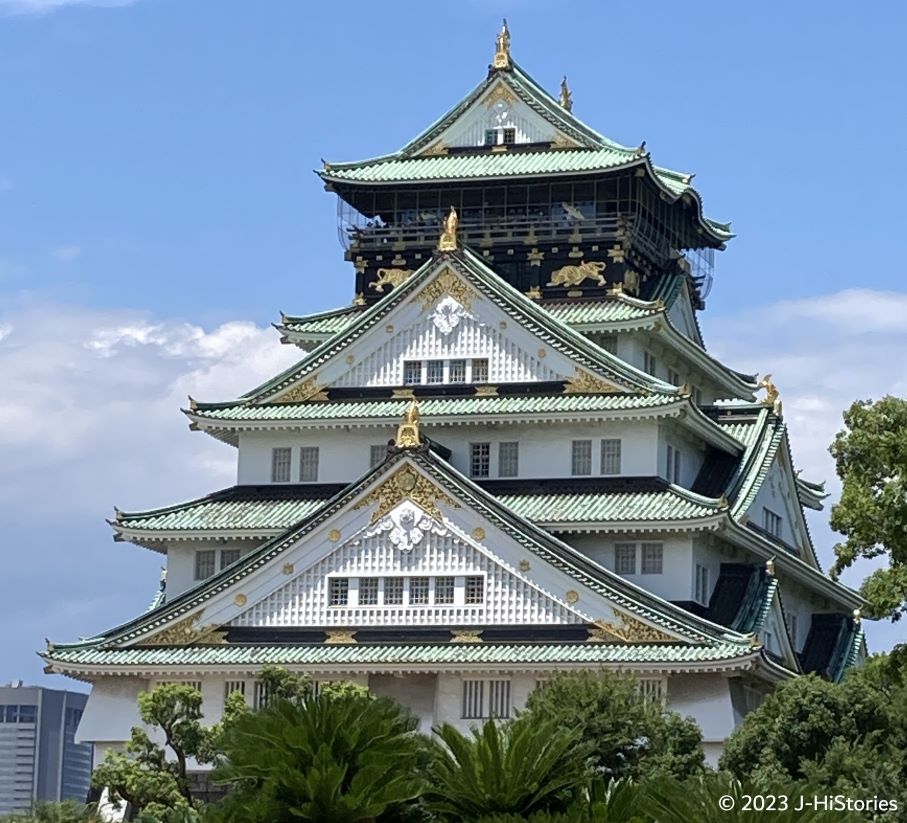
With the end of the Osaka campaign, the 150-year era of warfare that had continued since the Onin War of 1467 came to an end. Two months later, in July, the era's name was changed to Genna, and Ieyasu declared ‘Genna Enbu’ (Lay down arms and store them in the armory), marking the beginning of the Tokugawa Shogunate’s 260-year period of peace. In 1620, the second Shogun, Tokugawa Hidetada, began to rebuild Osaka Castle to remove any remaining traces of the Toyotomi clan, and it was completed in 1629. Osaka Castle then became a castle under the direct control of the shogunate as the base for ruling over the Kinki region and western Japan.
Siege of Osaka Timeline
| Ieyasu | Hideyori | Period | ||
| 1593 | Hideyori was born | 52 | Age=1 | Azuchi Momoyama Period |
| 1598 | Hideyoshi passed away | 57 | 4 | |
| 1600 | The Battle of Sakigahara | 59 | 6 | |
| 1603 | Ieyasu established the Tokugawa Shogunate at Edo | 62 | 9 | Edo Period |
| 1603 | Ieyasu built Nijo-jo Caslte | 62 | 9 | |
| 1603 | Hideyori married Sen Hime. | 62 | 9 | |
| 1605 | Tokugawa Hidetada became the 2nd Shogun of Tokugawa Shogunate | 64 | 11 | |
| 1611 | Ieyasu met Toyotomi Hideyori at Nijo Castle. Yoshinao joined the meeting. | 70 | 19 | |
| 1614 | Hokoji Temple Bell incident | 73 | 22 | |
| 1614 | Katagiri Katsumoto left Osaka Castle | 73 | 22 | |
| 1614 | Hideyori began the preparations for the battle | 73 | 22 | |
| 1614 | The Winter Siege of Osaka | 73 | 22 | |
| 1614 | The peace treaty was concluded. Tokugawa started to fill in the moat. | 73 | 22 | |
| 1615 | The Summer Siege of Osaka | 74 | 23 | |
| 1615 | Toyotomi's Osaka Castle burnt down | 74 | 23 | |
| 1615 | Hideyori and Yodo-dono died | 74 | 23 | |
| 1615 | Genna Enbu | 74 | - | |
| 1616 | Ieyasu passed away | 75 | - |
Recommendations to visit
- Access: 10 minutes from JR Osaka Station on JR Osaka Loop Line (outbound) to Osakajo-koen Station (大阪城公園), then an 18-minute walk

